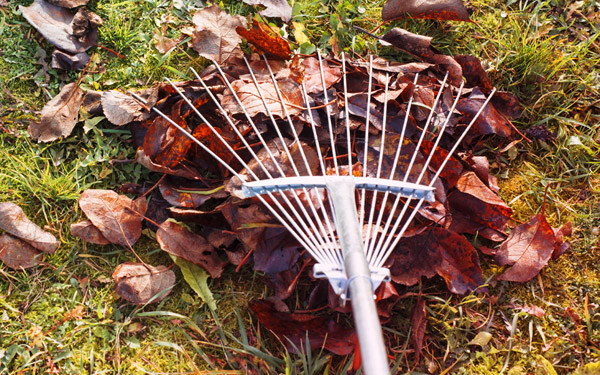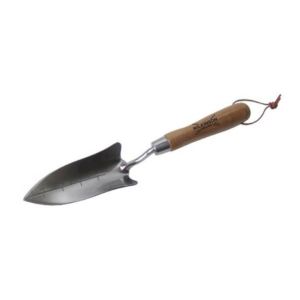Naturalising - How to add colour to your lawn with bulbs
Naturalising - How to add colour to your lawn with bulbs
You've probably seen it in parks, stately home gardens or in grass verges on country roads, lush green grass with swathes of little colourful flowers and pockets of daffodils. You may well have assumed these were naturally occurring and the results of many years of seeding, but actually this is something you can easily reproduce in your own lawn at home
Add Colour To Your Lawn
You can add colourful flowers to your lawn by planting bulbs beneath the turf. Plant Spring flowering bulbs in the Autumn, ensuring that turf can quickly re-root before the weather turns frosty. Summer flowering bulbs can also be planted in the Autumn if they are hardy varieties, or in the Spring if they are more tender
Location
Choose areas to plant that you will not want to use while the plants are in flower (your favourite picnic spot is not ideal for Summer flowering bulbs!). Areas that you cannot normally achieve blooms in such as under deciduous trees are also good choices
Scatter Approach
Before planting scatter your chosen bulbs across the area. Plant your bulbs where they land so that the result will appear natural. Avoid planting in regimented lines or grids
Bulb Depth
Dig planting holes with a trowel or bulb planter about three times as deep as the size of the bulb
Replace Turf
Break off some soil from the removed turf to back-fill around the bulb, and then replace the turf so it is level with the rest of your lawn
Boring Holes
For very small bulbs you can bore holes with a strong & sharp stick. Make sure the holes are wide enough for the bulb to go to the bottom or if not there will be no soil beneath the bulb for the roots to take to
The "H" method
For areas you want to plant large quantities of small bulbs in you can cut into the turf to make a "H" shape and peel back the flaps. Fork the soil surface you are planting into to loosen the soil and also loosen the soil off the underside of the turf for back filling
Help Your Lawn Re-establish
Whichever planting method you use, after the turf is replaced fill an gaps with compost and water the area well to help the turf re-establish
When to Mow The Lawn
After flowering avoid mowing the area for 6-8 weeks, and in the case of larger plants such as daffodils do not cut the grass and bulb foliage until the bulb leaves have turned yellow and straw-like
Avoid Lawn Feeds
Do not use lawn feeds or fertilisers on areas of lawn planted with bulbs as this will feed the competing lawn more than the bulbs











